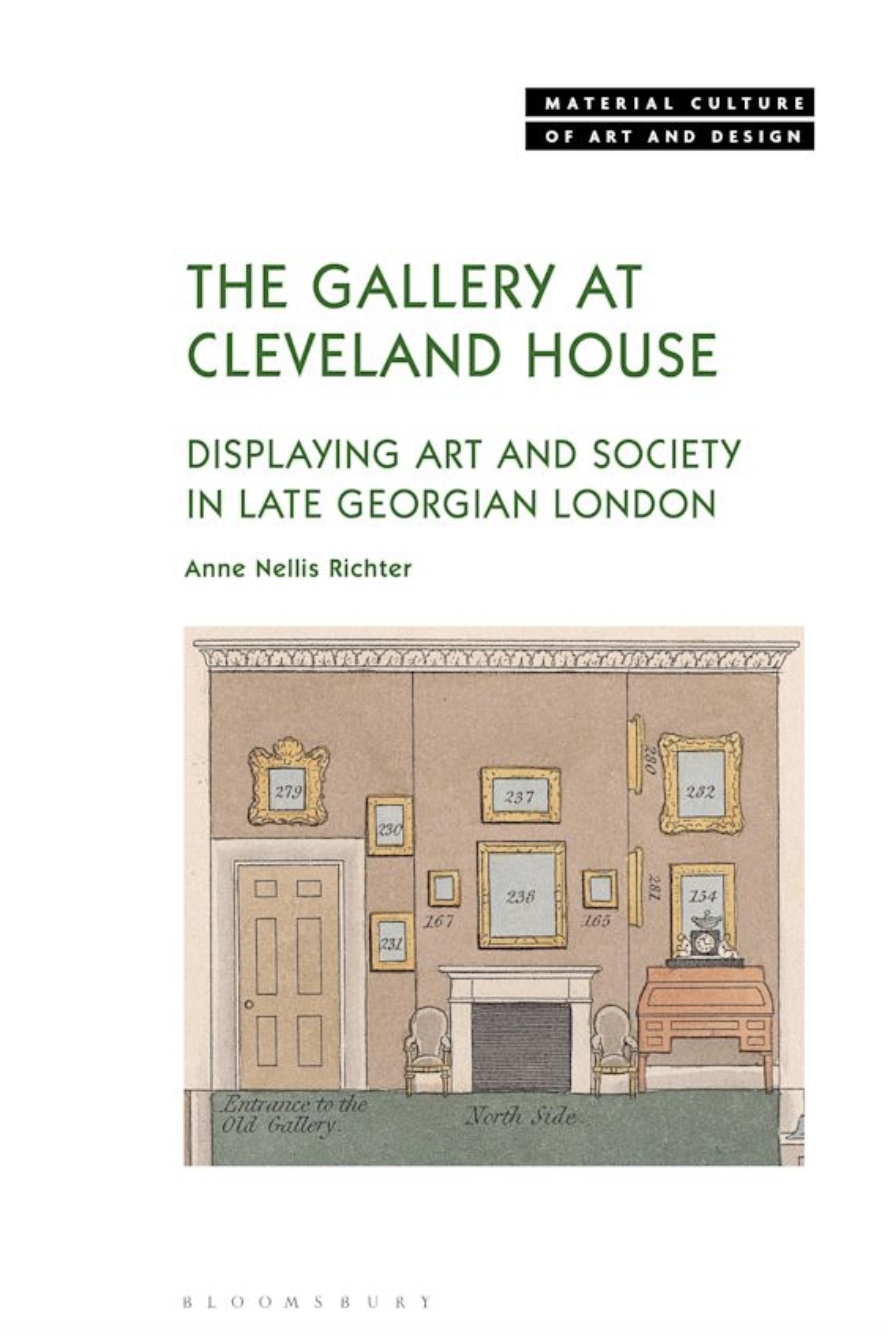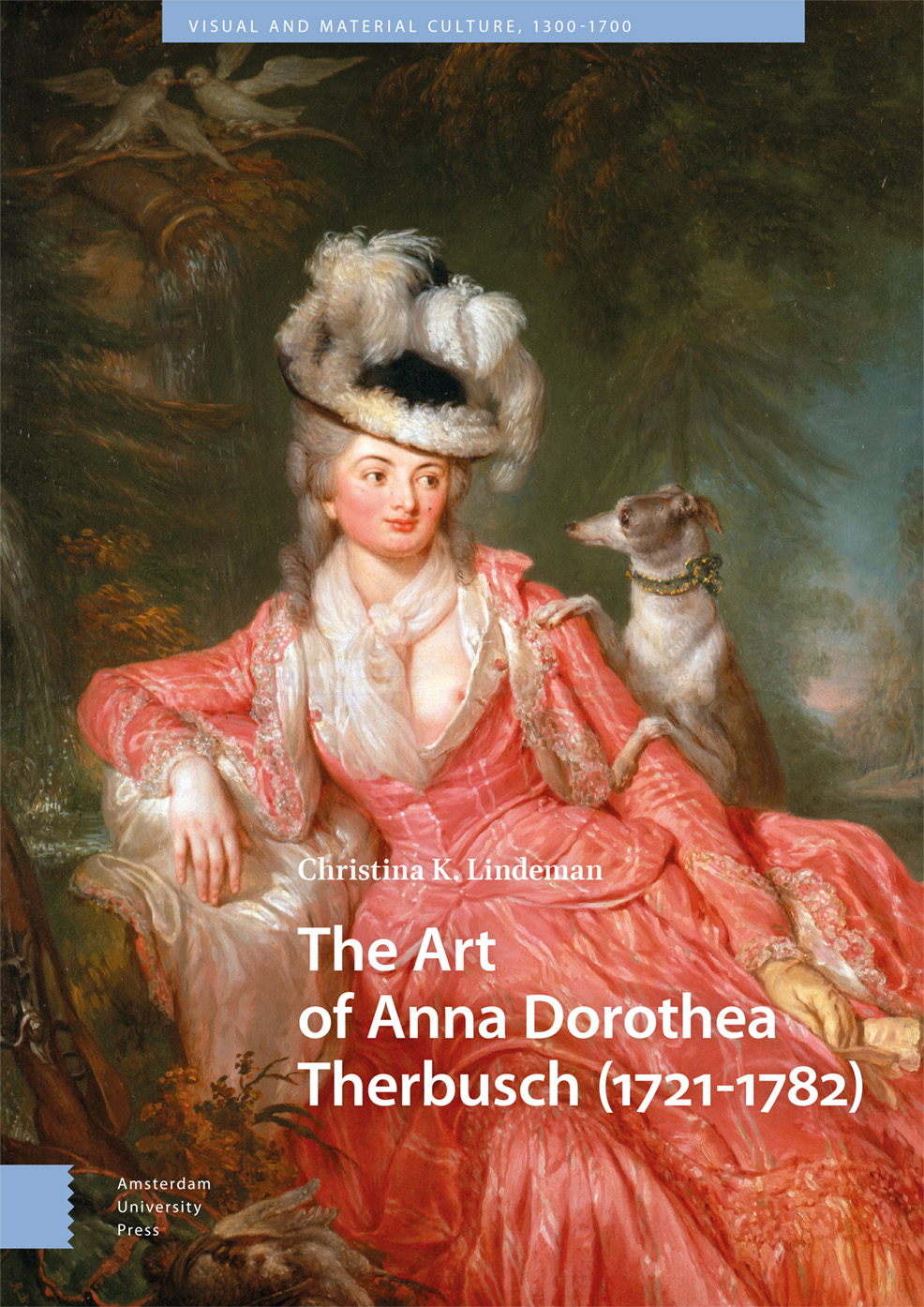New Book | Denmark Vesey’s Bible
Having first appeared from Princeton UP in 2022, the book was released in paperback this spring (the hardcover edition is included in the press’s 50% off sale, which ends May 31).
Jeremy Schipper, Denmark Vesey’s Bible: The Thwarted Revolt That Put Slavery and Scripture on Trial (Princeton: Princeton University Press, 2022), 216 pages, ISBN: 978-0691192864 (hardcover), $27 / ISBN: 978-0691259314 (paperback), $19.
 On July 2, 1822, Denmark Vesey, a formerly enslaved man, was hanged in Charleston, South Carolina. He was convicted of plotting what might have been the largest insurrection against slaveholders in US history. Witnesses claimed that Vesey appealed to numerous biblical texts to promote and justify the revolt. While sentencing Vesey to death, Lionel Henry Kennedy, a magistrate at the trial, accused Vesey not only of treason but also of “attempting to pervert the sacred words of God into a sanction for crimes of the blackest hue.” Denmark Vesey’s Bible tells the story of this momentous trial, examining the role of scriptural interpretation in the deadly struggle against American white supremacy and its brutal enforcement.
On July 2, 1822, Denmark Vesey, a formerly enslaved man, was hanged in Charleston, South Carolina. He was convicted of plotting what might have been the largest insurrection against slaveholders in US history. Witnesses claimed that Vesey appealed to numerous biblical texts to promote and justify the revolt. While sentencing Vesey to death, Lionel Henry Kennedy, a magistrate at the trial, accused Vesey not only of treason but also of “attempting to pervert the sacred words of God into a sanction for crimes of the blackest hue.” Denmark Vesey’s Bible tells the story of this momentous trial, examining the role of scriptural interpretation in the deadly struggle against American white supremacy and its brutal enforcement.
Jeremy Schipper brings the trial and its aftermath vividly to life, drawing on court documents, personal letters, sermons, speeches, and editorials. He shows how Vesey compared people of African descent with enslaved Israelites in the Bible, while his accusers portrayed plantation owners as benevolent biblical patriarchs responsible for providing religious instruction to the enslaved. What emerges is an explosive portrait of an antebellum city in the grips of racial terror, violence, and contending visions of biblical truth. Shedding light on the uses of scripture in America’s troubled racial history, Denmark Vesey’s Bible draws vital lessons from a terrible moment in the nation’s past, enabling us to confront racism and religious discord today with renewed urgency and understanding.
Jeremy Schipper is professor in the Departments for the Study of Religion and Near and Middle Eastern Civilizations at the University of Toronto. Recipient of a Guggenheim Fellowship, he is the coauthor, with Nyasha Junior, of Black Samson: The Untold Story of an American Icon and the author of Disability and Isaiah’s Suffering Servant and Parables and Conflict in the Hebrew Bible. He lives in Toronto.
Call for Papers | Puritan Picture

Unidentified painter (British School), Allegorical Painting of Two Ladies Wearing Beauty Patches, detail, ca. 1650s, oil on canvas, 64 × 75 cm. The painting sold at Trevanion, Fine Art and Antiques sale on 23 June 2021 (lot 564).
◊ ◊ ◊ ◊ ◊
This extraordinary painting predates even the long 18th century, but I imagine many Enfilade readers are as intrigued with it as I am. –CH. From ArtHist.net:
Puritan Picture: Vanity, Morality, and Race in Seventeenth-Century Britain
Yale University, New Haven, 27–28 September 2024
Proposals due by 17 June 2024
The middle decades of the seventeenth century in Britain were characterized by radical political, religious, and social change. In this period, an unknown artist created a remarkable painting that spoke to fears and anxieties crystallizing around a perceived increase in moral laxity, gender transgression, and the insidious influence of foreigners. The painting depicts two women side by side, each wearing a conspicuous array of beauty patches. The woman on the left reprimands her companion with the words “I black with white bespott: y[o]u white w[i]th blacke this Evill / proceeds from thy proud hart, then take her: Devill.” Text and image combine to inveigh against the sins of pride, vanity, and worldly excess. The painting reminds the viewer that sinful behavior leads to the devil and exhorts them to seek salvation.
Purchased by the Yale Center for British Art (YCBA) at auction in June 2021, the painting was recognized as a work of outstanding significance to the study of early modern race and gender. After an export stop, it was acquired by Compton Verney, an art gallery in Warwickshire that is housed in a Grade I–listed eighteenth-century manor surrounded by 120 acres of parkland, landscaped by Lancelot ‘Capability’ Brown. Compton Verney has loaned the painting to the YCBA for inclusion in the museum’s ongoing technical study of the theory and practice of painting skin tones. It will go on view at Compton Verney in November 2024. This enigmatic painting has never been subject to sustained research, and much about it remains uncertain. We do not know the identity of the artist or patron, or the original location of the painting, and it is not clear whether the two women are real or imagined figures.
The YCBA, in partnership with Compton Verney, will host a two-day symposium to increase understanding of this significant object in the history of British art and culture. We welcome proposals from established and emerging scholars and encourage participants to be imaginative in their approach. Themes for consideration include but are not limited to:
• artist circles and modes of production
• color symbolism and its connection to racial formation
• contemporary attitudes to piety and morality
• cosmetics, clothing, and accessories
• female sexuality and gender roles
• pigments and processes used by early modern artists for painting skin tones
• religious and ethnic minorities in early modern Britain
• the role of print culture and prescriptive literature
The symposium will be held at Hastings Hall, Yale School of Architecture on September 27 and 28, 2024. Please submit an abstract of no more than 250 words and a short biography to Sarah Leonard (sarah.leonard@yale.edu) by Monday, 17 June 2024. Final presentations should not exceed twenty minutes in length. The YCBA will provide travel and accommodations for successful applicants.



















leave a comment